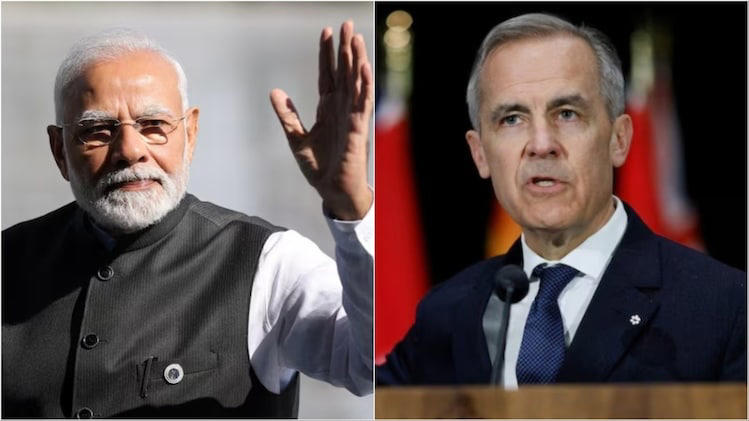Why Modi’s G7 Canada Invitation Matters: India’s Role in G7 2025 and the Diplomatic Thaw with Canada Explained
In the lead-up to the G7 Summit 2025 in Alberta, a heated question has emerged across diplomatic and political circles: “Can Canada block India from attending the G7?” Former Foreign Secretary Kanwal Sibal’s G7 statement offers a sharp rebuttal—reminding the world that Canada is not the gatekeeper of the G7.
The backdrop is tense. After a year of strained India-Canada relations—largely due to the India-Khalistan controversy and the diplomatic fallout following Hardeep Singh Nijjar’s killing—a thaw seems underway. Canada’s new Prime Minister, Mark Carney, has extended a personal invitation to Narendra Modi for G7, signaling a reset. But how did we get here? And why does India’s presence matter now more than ever?
India’s G7 Invitation: What Kanwal Sibal Really Said
Kanwal Sibal’s G7 intervention was blunt: “Canada does not own the G7.” As host of the 2025 summit, Canada may chair, but it cannot unilaterally determine India’s participation. India has been part of multiple previous G7 meetings, and Sibal stressed that the G7 outreach agenda includes India by design—not courtesy.
Should be understood that Canada does not own the G7, it is only one of the members. It can’t easily unilaterally dilute the G7’s outreach agenda by not inviting a country like India which has been invited to G 7 summits in previous years.
— Kanwal Sibal (@KanwalSibal) June 7, 2025
Canada has to consult other members…
With power shifting eastwards, India’s growing role as a Global South leader has made its presence necessary—not optional. “The G7 has lost centrality,” Sibal wrote, and in today’s fragmented global order, the G20 offers broader legitimacy. That’s why India’s inclusion in G7 summits isn’t symbolic—it’s strategic.
India-Canada Thaw: Why Carney’s Invite to Modi Changes Everything
The personal Carney-Modi phone call that led to India’s G7 invitation marks a new chapter. Carney’s outreach is not just about diplomacy—it’s about economic pragmatism. Canada needs India. As Pierre Poilievre, Canada’s opposition leader, noted: “We need to sell our natural gas and civilian nuclear tech to India.”
Canada’s new leadership seems to recognize the consequences of the Trudeau-era fallout. Under Justin Trudeau, ties with India hit rock bottom—driven by the Khalistani threat in Canada and escalating accusations. But Carney knows that excluding the world’s fifth-largest economy, with its digital muscle and strategic clout, would only isolate Canada further. India is now at the center of global supply chains, security dialogues, and digital infrastructure. Its invitation to the G7, especially after the India Canada diplomatic thaw, signals a comeback in global diplomacy.





















